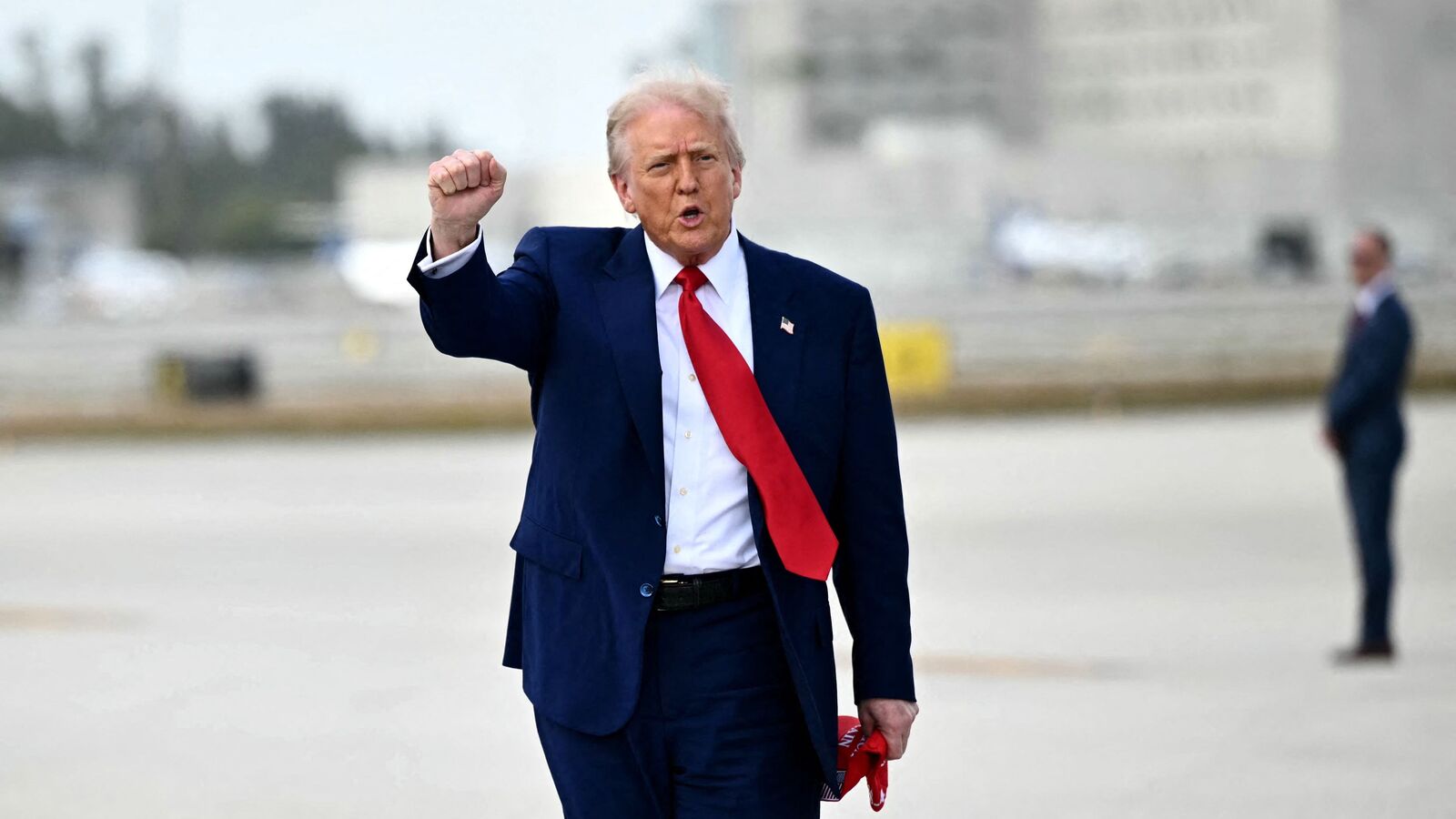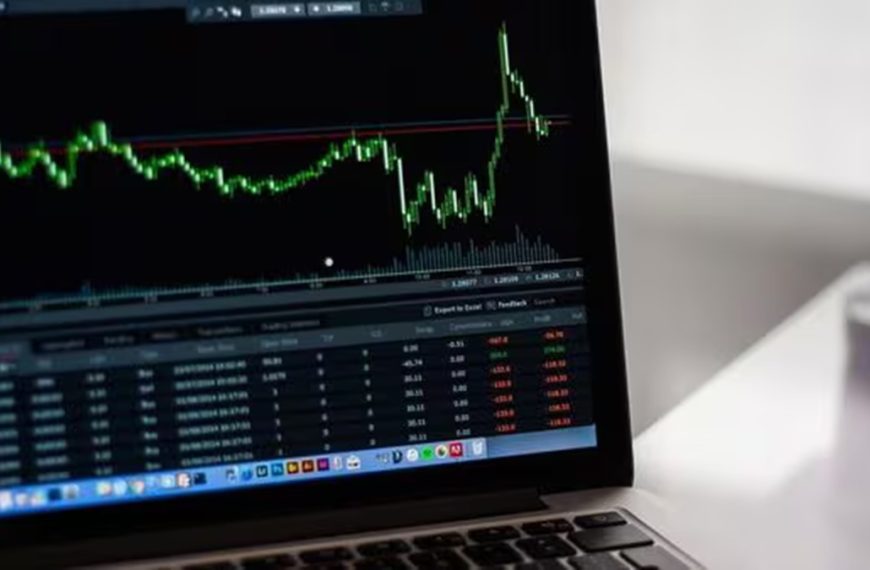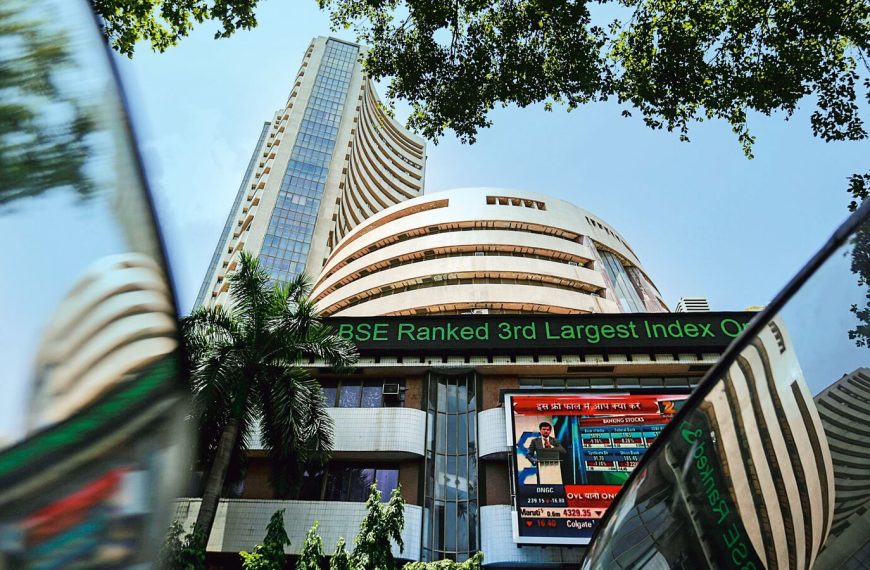Following a significant downturn in the U.S. stock market last week, Asian equities plunged in a similar fashion during Monday’s trading session. Concerns surged among investors regarding the implications of Donald Trump’s aggressive trade policies, which many fear could destabilize the global economy. As a result, market participants adopted a risk-averse approach, leading to widespread declines in stock prices across major Asian markets.
Asian Markets React to U.S. Downturn
On April 7, the mood was grim as all major Asian stock markets opened significantly lower. The Indian indices, particularly the Nifty 50 and Sensex, experienced a staggering drop of over 5% at their intraday lows. The Hang Seng Index in Hong Kong faced the steepest decline, plummeting 11.60%, while China’s CSI 300 fell by 7.5%.
- Nifty 50: Opened down 1,146 points, or 5%, at 21,758.
- Sensex: Slid 5.19%, opening at 71,449.
U.S. Markets Suffer Major Losses
The fallout from Trump’s trade strategies has been severe, with the S&P 500 losing a staggering $5.4 trillion in market capitalization over just two trading sessions, marking an 11-month low. The Nasdaq has officially entered bear market territory, while the Dow Jones Industrial Average is down 15% from its recent high.
Trump’s Tariff Strategy Intensifies
Since returning to the White House in January, President Donald Trump has revived his trade war tactics, this time with an even sharper focus on tariffs. His approach targets nearly 95% of countries globally, including some remote territories.
In his initial barrage, Trump aimed at significant trading partners like Mexico, Canada, and China, which collectively represent a substantial portion of U.S. trade. As of September 2024, these countries accounted for 16%, 14%, and 11%, respectively, of the total U.S. trade volume.
On April 2, he expanded the tariff regime to include 180 countries, applying reciprocal tariffs that impose a 10% minimum on all imports, with higher rates for countries with trade surpluses against the U.S. Notably, China now faces a total tariff rate of 54% after a recent increase.
Economic Forecasts Dim Amid Tariff Concerns
Economists are increasingly alarmed about the potential for a recession, with global growth forecasts for 2025 being revised downward. Investment banks like J.P. Morgan now estimate a 60% chance of a global recession by the end of the year, up from 40% previously. Meanwhile, Goldman Sachs has raised the likelihood of a U.S. recession within the next 12 months to 30%.
Impact on Consumers and Corporations
The burden of heightened tariffs ultimately falls on U.S. consumers and corporations. Increased costs are likely to lead to inflation, which can reduce purchasing power and consumer sentiment. Surveys indicate that Americans are becoming more concerned about the financial impact of these tariffs, which could further slow consumer spending and economic growth.
- Higher Prices: Tariff hikes are expected to elevate consumer prices significantly.
- Lower Corporate Profits: Businesses may face reduced profitability, leading to potential job cuts.
Conclusion: A Fragile Economic Landscape
As trade tensions escalate, the effects of Trump’s tariffs are reverberating through global markets, creating uncertainty for investors and consumers alike. With predictions of economic downturns looming, it remains crucial for stakeholders to monitor these developments closely and prepare for potential shifts in the economic landscape.
For more insights on trade policies and their impacts, visit Fitch Ratings and J.P. Morgan.











